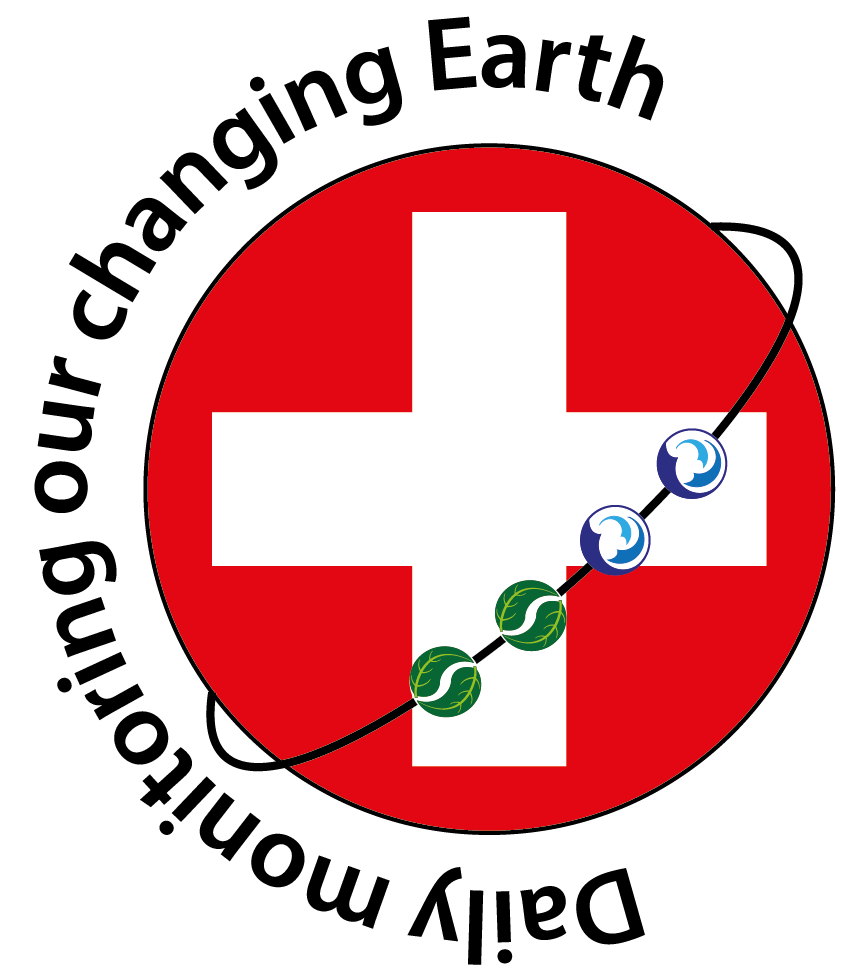
EPSL is actually involved in the feasibility study (phase 0) of a space mission, with Harold Clenet being Science Lead in the SOLVE team.
The main goal of the Satellite Observing of Lakes and Vegetation Environments (SOLVE) mission is hyperspectral remote sensing observations of Earth to understand and monitor our changing environment. Today the next frontier for innovation is to provide a system allowing to understand the rapid dynamic observed in land and water at hourly time scales.
SOLVE study will design a constellation of small satellites, carrying innovative hyperspectral camera to study processes at hourly timescales. These measurements will be supported with in-situ monitoring by aerial platforms (e.g. UAV or high altitude platforms).
SOLVE mission will contribute to the excellent reputation of Switzerland in the area of remote sensing. The unprecedented temporal resolution will provide new perspectives for scientists of all horizons and will offer almost real time information to help coordinated emergency and disaster responses. The private sector will also benefit from the mission with commercial applications, such as precision farming. The assessment of water quality is extremely important in today’s world. In this frame, water monitoring on a hourly basis in remote regions and underdeveloped countries may provide considerable improvements to citizens’ life.
SOLVE mission study is funded by the the Swiss Space Office of the State Secretariat for Education, Research and Innovation of the Swiss Confederation (SERI/SSO) in the framework of “Call for ideas for small missions” 2015 with support from the Swiss Space Center. The study is managed by Space Engineering Center (eSpace) of EPFL. Science team is lead by APHYS and EPSL labs of EPFL. Small companies are heavily involved in this study with Gamaya in charge of the payload design and ELSE SA supporting the study with their expertise in space systems engineering.
SOLVE flyer (PDF)